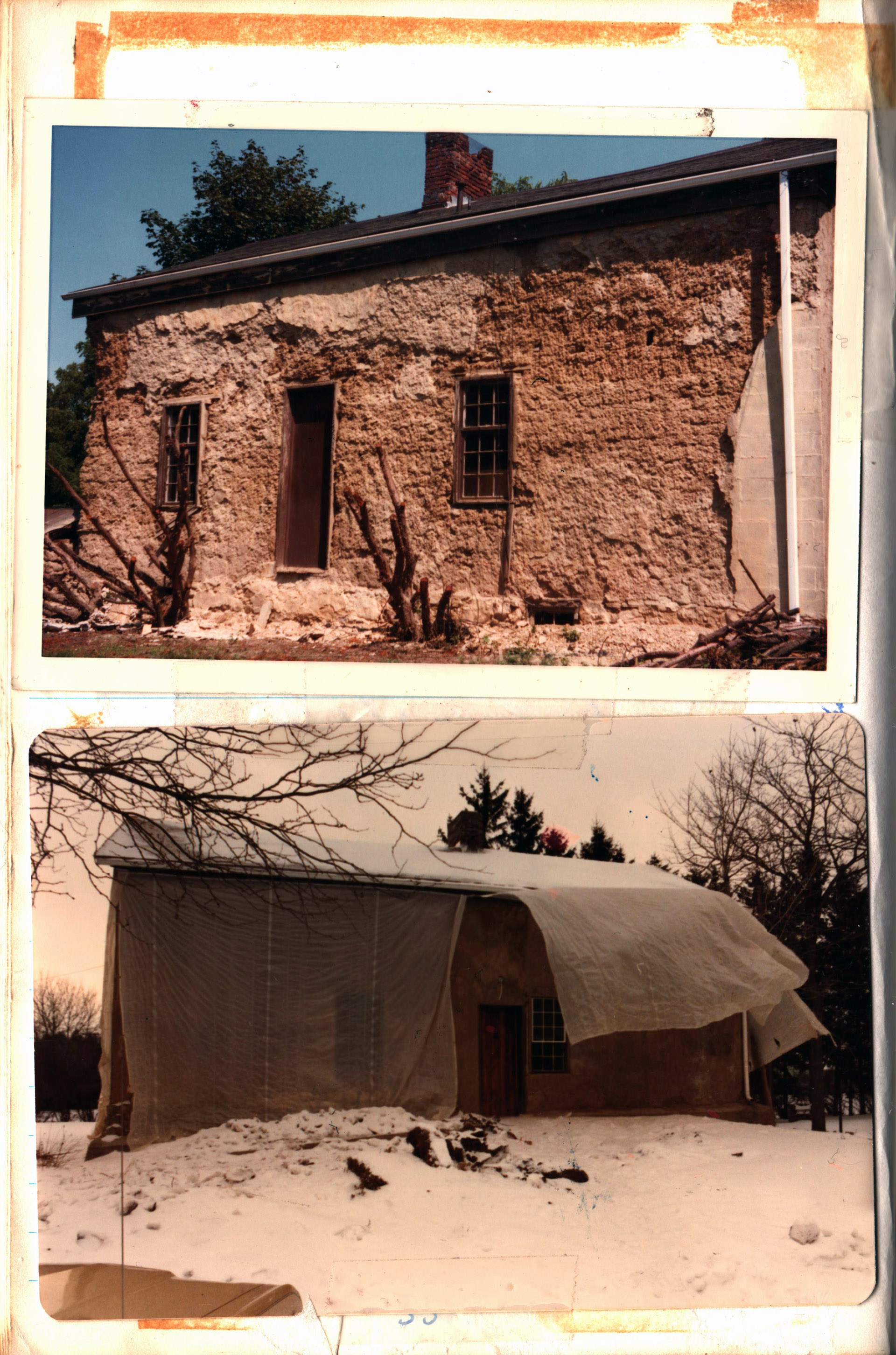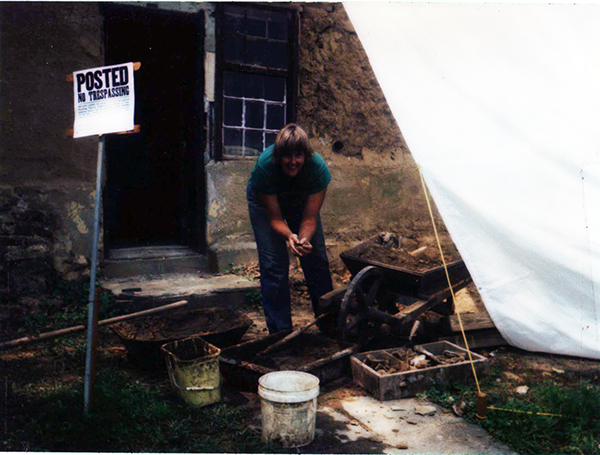An 82 year old woman and her son, a N.C banker stopped by today. She was wearing pink with a red fake rose worn as a piece of jewelry under her neck. She looked much younger than that.
As a child, she said, she lived in the old mill house on Whalen Rd across from the graveyard. She used to bring her mother fresh flowers, stolen from the grave sites until an irate neighbor discouraged this practice. She rarely was allowed beyond the creek or the corner, but she recalls hearing of a brutal death we think occurred in the barn of the mud house.
Sometime during the 1920s a very vicious man named Laird lived in the house and made a mean living out of the farmland attached. He had a team of giant horses to pull his plow. He frequently beat them in the field and in the barn. One day while engaged in this delightful pastime in the barn the animals turned on him and trampled him to death. From her account local wisdom had it that he deserved no better.
As an aside, it is strange how the history of the house and farm comes to us a bit at a time. I expected to discover a great deal about the house as time goes on from the house itself. I hadn’t counted on how much living people would contribute to filling in the gaps in the written and physical record of the house’s history.
We ordered a phone today.
A reporter from the Brighton-Pittsford Post was over today to take pictures and interview us about the place. I’m not sure how good this article will be. She took no notes and her camera wasn’t working. She was something of an amateur archeologist however and an aficionado of outhouses. Citing How To Build A Good Outhouse, she proceeded to identify the donut shaped rise in ground between the barn and the Seelers warehouse as the indubitable site of the potty. She is probably right. It’s far enough away from the house, downwind, and has a telltale sawn board facing the house in the ground where a slight step would have been required to facilitate entrance into the farm’s sewage treatment plant. She opined that the decentralized sewage system of old probably caused less pollution because every farmer’s backyard filtered a small, manageable quantity of the stuff and it could eventually be recycled as manure for the garden or field.

